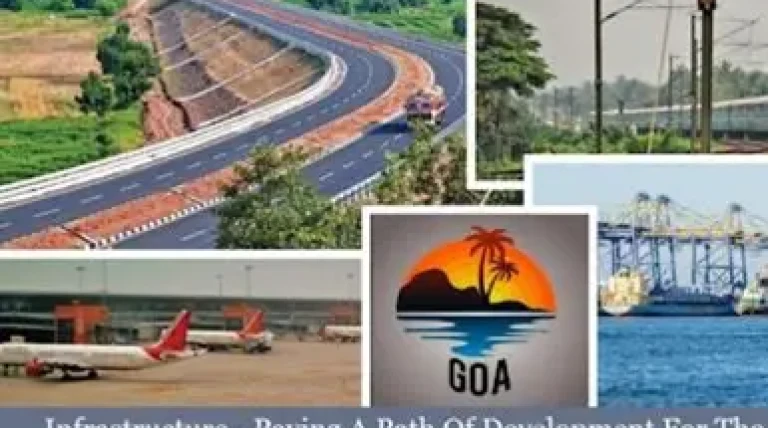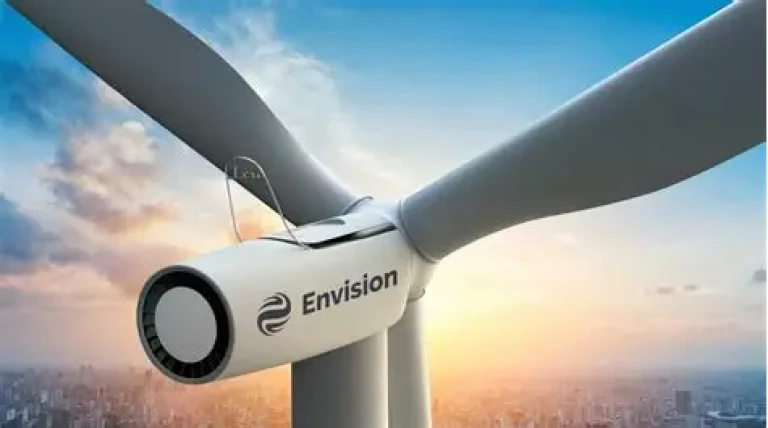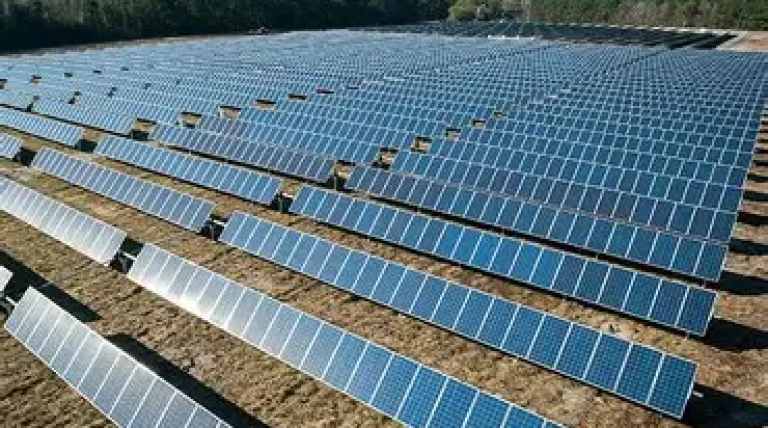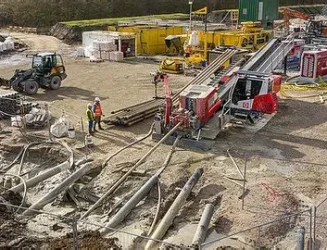India’s natural gas demand is currently met through a mix of domestic production and liquefied natural gas (LNG) imports. To promote a gas-based economy, the government has implemented several key initiatives aimed at expanding infrastructure and easing regulatory frameworks.
These measures include allowing 100% foreign direct investment (FDI) under the automatic route for LNG infrastructure and classifying LNG under Open General Licensing (OGL) to facilitate smoother imports.
As of now, eight LNG regasification terminals are operational across the country, with a combined capacity of approximately 52.7 million tonnes per annum (MTPA). In a written reply to the Lok Sabha, Minister of State for Petroleum and Natural Gas, Suresh Gopi, noted that the government is actively establishing LNG fueling stations along the Golden Quadrilateral, major national highways, and key mining corridors.
To date, 13 LNG retail stations have been commissioned by public sector undertakings, with an additional 16 stations set up by private players. LNG is now officially recognised as a transport fuel, and emission standards for LNG-powered vehicles have already been notified.
Recent regulatory developments—particularly the 2025 amendment to the Static and Mobile Pressure Vessels (Unfired) Rules—now permit the use of LNG vehicles in hazardous zones and enable mobile LNG dispensing for non-transport sectors such as railways, mining, and inland waterways.
News by Rahul Yelligetti.
![{[setting('site_name')]}](https://projxnews.com/uploads/setting/16983847711140531930.webp)












